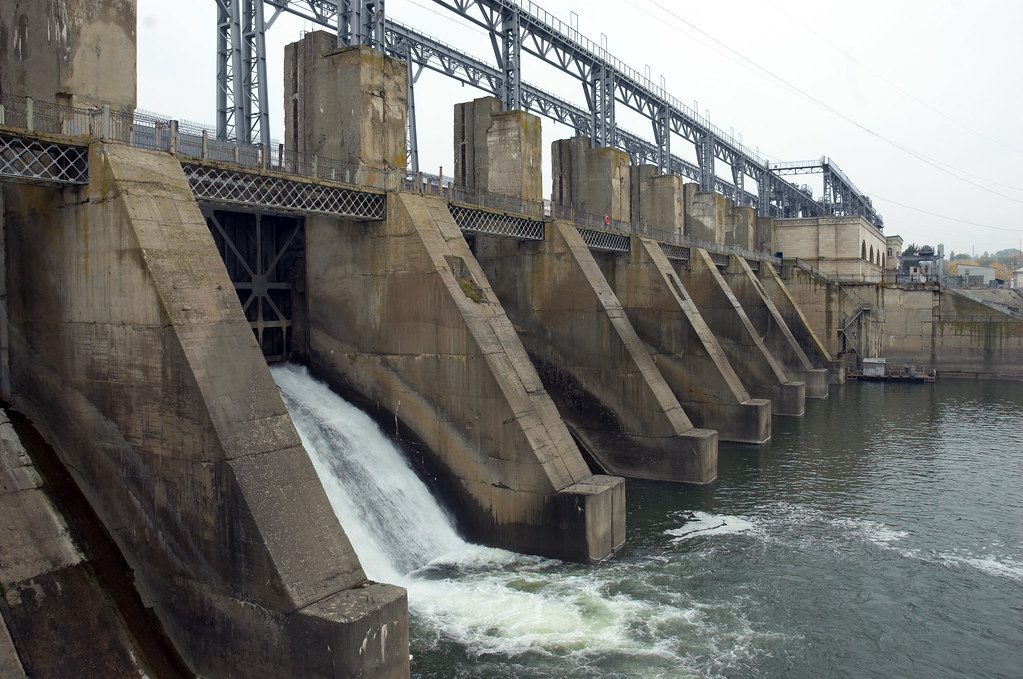The West Coast of the United States, comprising California, Oregon, and Washington, has a significant amount of hydroelectric energy generation due to its abundant water resources, rivers, and favorable geography. Hydropower plays a critical role in the energy mix of this region.
Hydropower Capacity and Generation in West Coast
As of recent estimates:
- Washington is the leading state in hydroelectric power in the U.S., producing the majority of its electricity from hydropower, largely from the Columbia River Basin.
- Oregon also heavily relies on hydropower, contributing a significant share of the regional energy production.
- California, while rich in hydro resources, gets a smaller percentage of its electricity from hydropower due to variable water availability and a more diversified energy portfolio (including solar and wind).
The total installed hydropower capacity in these three states is approximately 38 gigawatts (GW). This breaks down roughly as follows:
- Washington: ~26-27 GW
- Oregon: ~8 GW
- California: ~4 GW
Percentage of Energy Needs Covered by Hydropower in West Coast
The share of electricity needs covered by hydropower varies by state:
- Washington: Hydroelectricity provides about 60-70% of the state’s total electricity needs.
- Oregon: Roughly 50-60% of the state’s electricity comes from hydropower.
- California: Hydropower accounts for around 10-15% of the state’s electricity, depending on the water year (droughts can significantly reduce this figure).
For the entire West Coast, hydroelectric power covers about 35-40% of the region’s electricity needs on average.
Key Hydroelectric Plants by Region in West Coast of USA
- Washington hydroelectroc plants:
- Grand Coulee Dam (6,809 MW): Located on the Columbia River, it is the largest hydropower plant in the U.S.
- Chief Joseph Dam (2,620 MW): Also on the Columbia River.
- Bonneville Dam (1,248 MW): A critical part of the Columbia River system, shared with Oregon.
- Rocky Reach Dam (1,287 MW): On the Columbia River.
- Oregon hydroelectric plants:
- John Day Dam (2,160 MW): On the Columbia River.
- The Dalles Dam (2,160 MW): Also on the Columbia River.
- Detroit Dam (100 MW): On the North Santiam River.
- Pelton Dam (110 MW): On the Deschutes River.
- California hydroelectric plants:
- Shasta Dam (676 MW): On the Sacramento River.
- Oroville Dam (819 MW): On the Feather River.
- Folsom Dam (198 MW): On the American River.
- Hoover Dam (shared with Nevada, 2,080 MW): On the Colorado River (though outside the West Coast, it serves California).
Hydroelectric plans for the future in West Coast of USA
Hydroelectric energy remains a vital resource on the West Coast, but future growth in hydroelectric capacity is limited due to environmental concerns, the difficulty of constructing new large dams, and the focus on other renewable energy sources like wind and solar. However, the region has plans to enhance and modernize existing hydropower infrastructure, including:
- Upgrading existing plants: Modernization of turbines and generators at existing dams to improve efficiency and capacity.
- Pumped storage: Several pumped hydro storage projects are planned or under development in California, including the Eagle Mountain Pumped Storage Project and the San Vicente Energy Storage Facility. Pumped storage provides a way to store surplus renewable energy.
- Climate resilience: Adaptations to manage fluctuating water availability due to climate change, such as more efficient water management systems.
Additionally, hydropower is expected to complement other forms of renewable energy like solar and wind by providing backup power and grid stability when these variable energy sources fluctuate.
Hydroelectric plants in West Coast Conclusion
The West Coast of the U.S. is a hydropower-rich region, particularly in Washington and Oregon, which rely heavily on hydroelectric energy for their electricity needs. Future developments in the sector focus on modernizing existing infrastructure and improving energy storage, rather than constructing new large dams. This will allow hydropower to continue playing a significant role in the region’s renewable energy transition.
